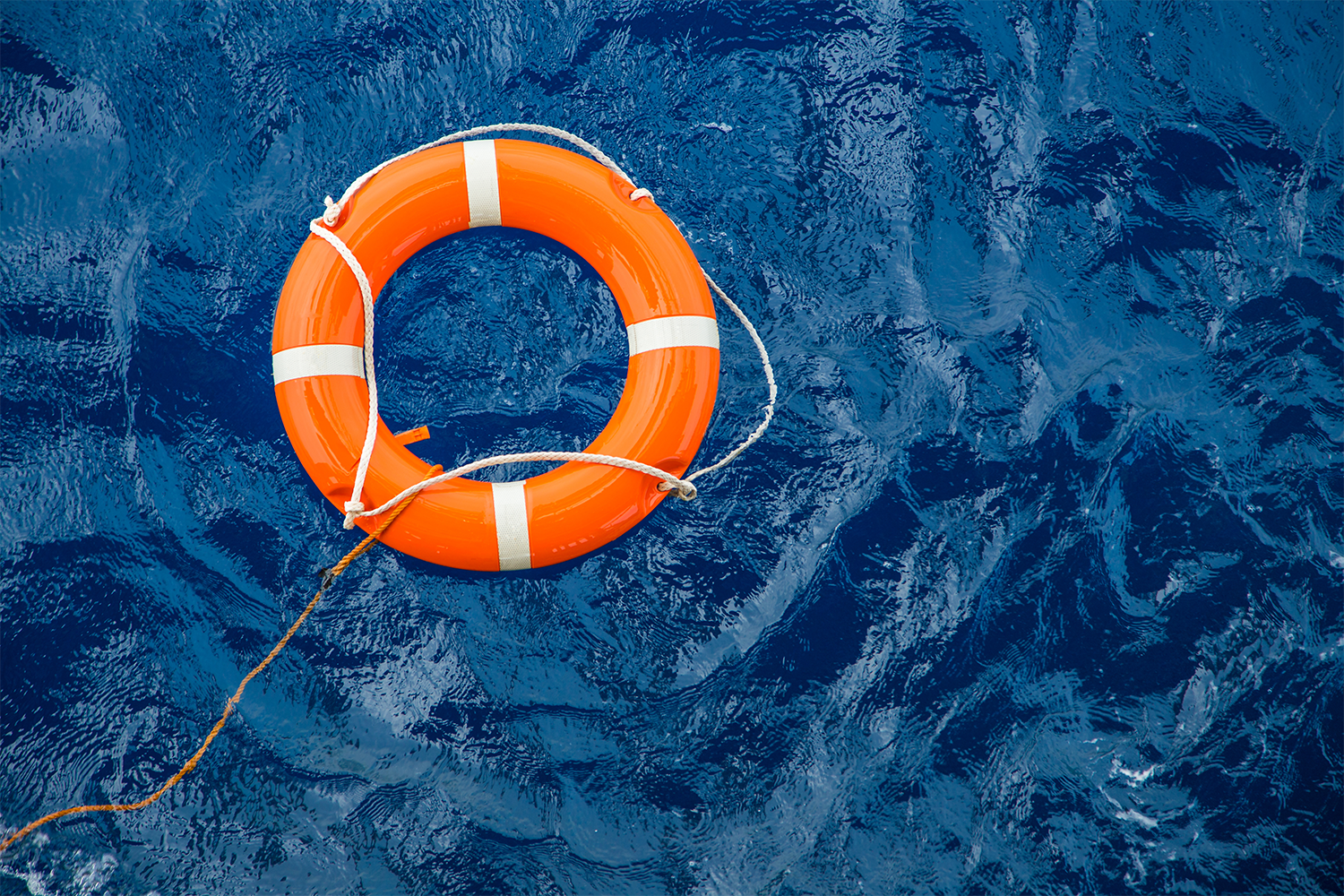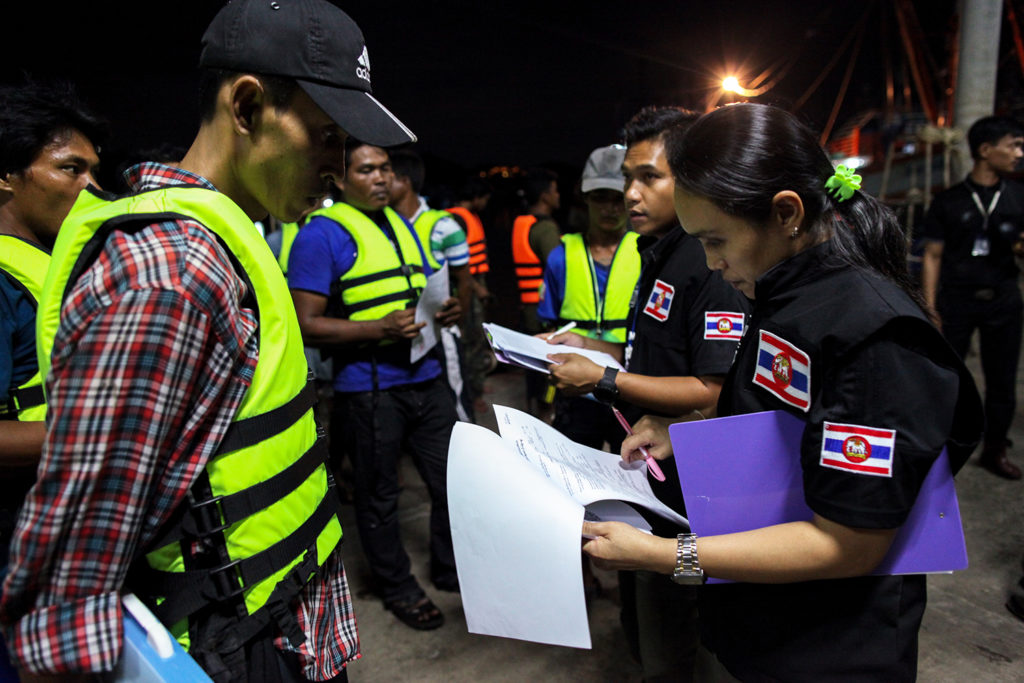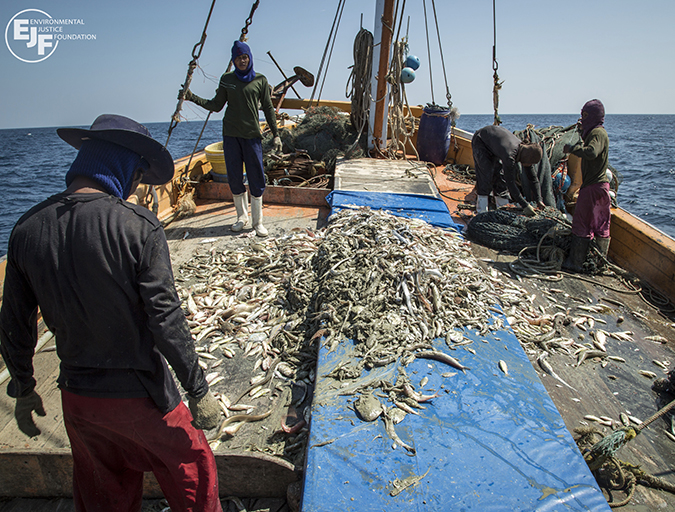New maritime tool from Zeal Industries could improve seafood traceability and safety of commercial fishing vessels

Commercial aircraft are equipped with flight data recorders that store information about airspeed, altitude and acceleration. Ben So, chief innovation officer at Zeal Industries, believes these “black boxes” should also be standard equipment on commercial fishing vessels as a tool to improve worker safety and seafood traceability.
“It was one of those conversations you have over a beer. But as we started talking more seriously about it, it became clear that the objective was very feasible,” So said.
Earlier this year, So started experimenting with technology that incorporates a gyroscope and accelerometer, a global positioning system and sensors that measure air temperature, pressure and other environmental conditions.
The device, called Uptime, transmits data to a cloud infrastructure where it’s deconstructed and stored in databases for future use. It’s part of a suite of “technologies for social impact” that the Hong Kong-based startup has developed — and their first maritime tool. Given its potential to improve seafood traceability and commercial fishing vessel safety, it’s also earned Zeal a place as a finalist for the Global Seafood Alliance’s Responsible Seafood Innovation Award, in the fisheries category.
“One of the major points of failure of the traditional black box is you have to find the device because all of the data is embedded on that machine,” So told the Advocate. “If you can’t locate it, you’re out of luck – and that’s why we thought that if we could almost instantaneously send those data into the cloud, there would be no need to depend on that physical device.”
For many years, the safety of fishers has been an ongoing problem for the wild-capture seafood industry. Research by the International Labour Organization (ILO) in 1999 and subsequently by the Food and Agriculture Organization of the United Nations (FAO) has estimated that annual fisher deaths ranged between 24,000 and 32,000 respectively, a rate equaling 65 to 87 deaths per day.
However, a recent study by the FISH Safety Foundation (FSF), commissioned by The Pew Charitable Trusts, suggests that these numbers are conservative. Their findings suggest that more than 100,000 fishing-related deaths occur each year – three to four times greater than previous estimates. That’s a rate of 300 fisher deaths each day – and this could actually be an underestimate given that deaths may go unreported and unrecorded. The also study pinpointed illegal, unreported and unregulated fishing (IUU fishing) as “a significant driver” of fishing hazards.
Installing Uptime on marine vessels could help tackle both these problems. With man-overboard incidents, Uptime transmits the GPS location and environmental conditions via satellite modem and the information can be used to estimate the position based on current and other environmental conditions.

So explained the technology to Eric Holliday, CEO of the FISH Safety Foundation, a national nonprofit dedicated to improving health and safety outcomes in the commercial fishing industry, and was surprised at the response.
“Eric said that if he could have anything from the point of view of reducing fisher deaths at sea, it would be low-cost satellite internet,” So said. “He said it was the single factor that would have the largest impact on the reduction of mortality – [not] procedures or regulations, but data.”
Zeal Industries teamed up with satellite internet providers to test the technology. It’s more expensive than terrestrial internet but Uptime enables boats to gather robust amounts of data that are sent to the cloud for a nominal cost. Based on current “back of the envelope calculations,” So believes a monthly plan with a nominal (but sufficient) amount of data to run Uptime would cost around U.S. $60. The investment could make significant strides in improving working conditions and fisher safety.
Uptime may also help recover ghost fishing gear, which have been called a “major contributor to the ocean plastic crisis” because lost nets and other fishing gear make up a sizeable chunk of the Great Pacific Garbage Patch.
Referencing a recent technological breakthrough, So claims, “The initial vision of Uptime providing affordable, global real time tracking of persons or nets adrift at sea will be achievable.”
As a backup, Uptime will provide an algorithm that models the estimated location for a ghost net that uses data stored in the device to pinpoint the GPS location where the net was deployed and environmental conditions to determine an approximate location.
It’s very difficult, if not impossible, to find out where some fish come from; it’s a big sticking point in the seafood industry.
When it comes to IUU fishing and sustainability, Uptime’s biggest advantage is related to improving seafood traceability.
“It’s very difficult, if not impossible, to find out where some fish come from; it’s a big sticking point in the seafood industry,” said So, who serves as chairman of the Hong Kong Sustainable Seafood Coalition. “If you’re able to track these vessels at all times, then that enables or at least it simplifies the problem of finding and tracing those shipments back to their source.”
Zeal Industries has deployed its first Uptime devices for field testing in small aircraft. The next step is minimizing the size of the device for maritime applications. So estimates that a commercial launch will happen toward the end of 2024 and hopes that the enhanced functionality will allow Uptime to replace competing products.
“[Existing devices] are limited in lots of ways; they have restrictions on the number of devices that can be connected [and] a lack of bandwidth and you still have to perform a lot of things manually,” he said. “There is a very real need for this in the fishing industry.”
Now that you've reached the end of the article ...
… please consider supporting GSA’s mission to advance responsible seafood practices through education, advocacy and third-party assurances. The Advocate aims to document the evolution of responsible seafood practices and share the expansive knowledge of our vast network of contributors.
By becoming a Global Seafood Alliance member, you’re ensuring that all of the pre-competitive work we do through member benefits, resources and events can continue. Individual membership costs just $50 a year.
Not a GSA member? Join us.
Author
-

Jodi Helmer
Jodi Helmer is a North Carolina-based journalist covering the business of food and farming.
Tagged With
Related Posts

Responsibility
SeaWeb Seafood Summit in Thailand highlights rise of worker voice
Patima Tungpuchayakul, who rescued more than 5,000 Thai and migrant workers on fishing vessels, punctuates an emotional event kickoff.

Responsibility
How wildfires – and efforts to stop them – threaten marine ecosystems and aquaculture
Wildfires are a growing threat that could impact aquaculture due to increasing smoke, worsening water quality and fire-retardant drops.

Responsibility
ILO: Seeking Decent Work for Thailand’s fishing and seafood industry
The new Global Estimates of Modern Slavery report released by the International Labour Organization indicates that 24.9 million workers at any given time in 2016 were in modern slavery. One in 10 of those workers around the world was working in the fishing and agriculture industries.

Responsibility
Intelligence, integrity in the fight against forced labor in seafood
In previewing the SeaWeb Seafood Summit, the Advocate examines human rights in the supply chain and the people who advance solutions in rooting out worker abuses. In part one of a three-part series, Environmental Justice Foundation co-founder Steve Trent talks about linking environmental security with human rights.


